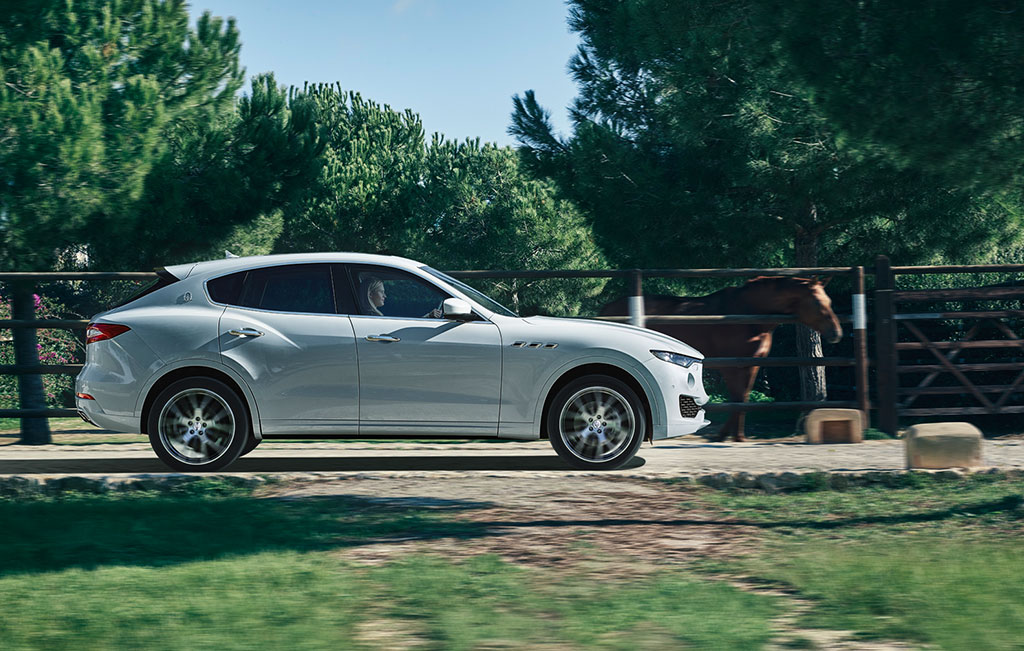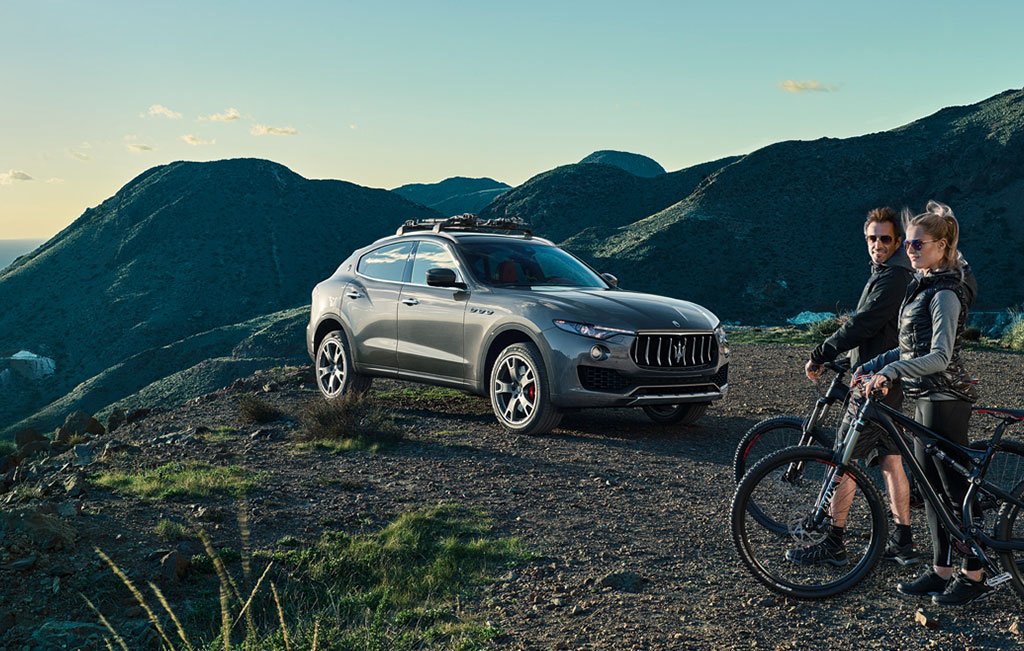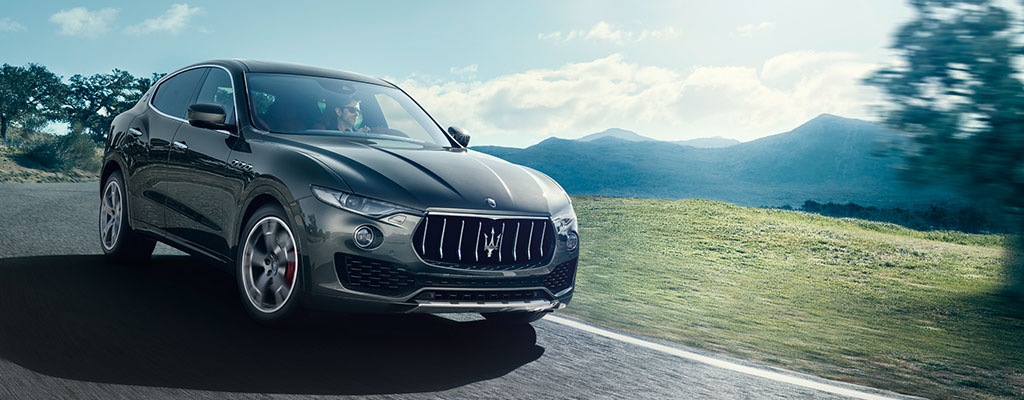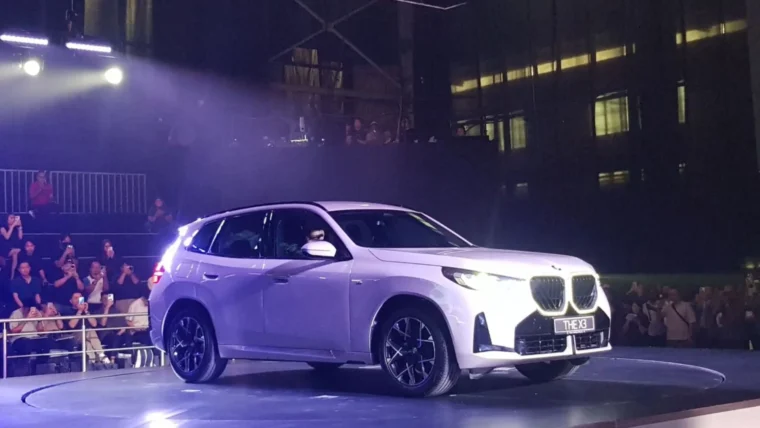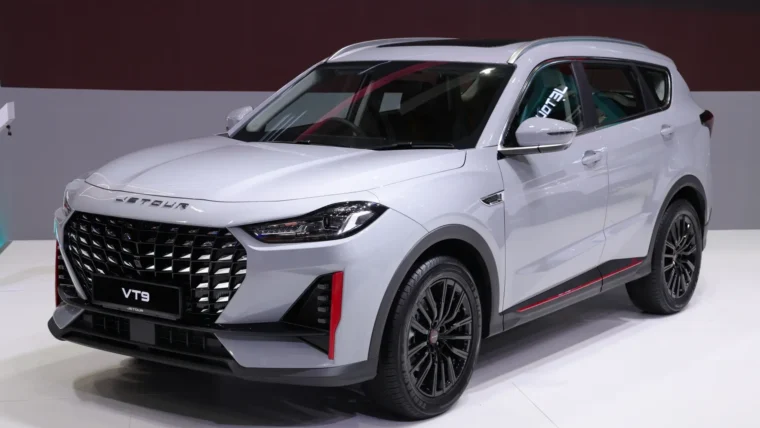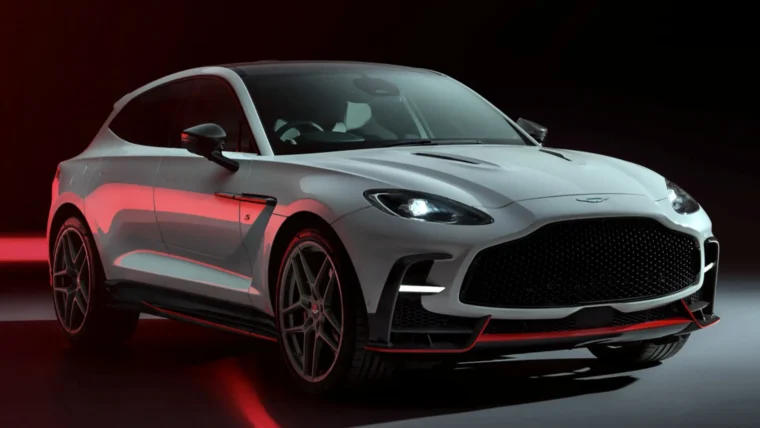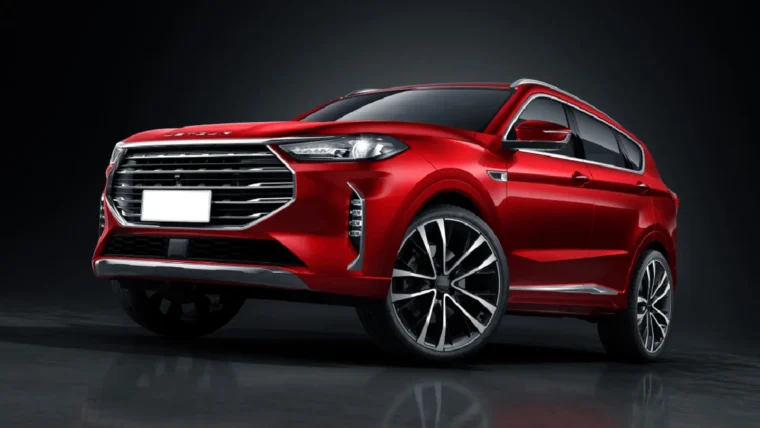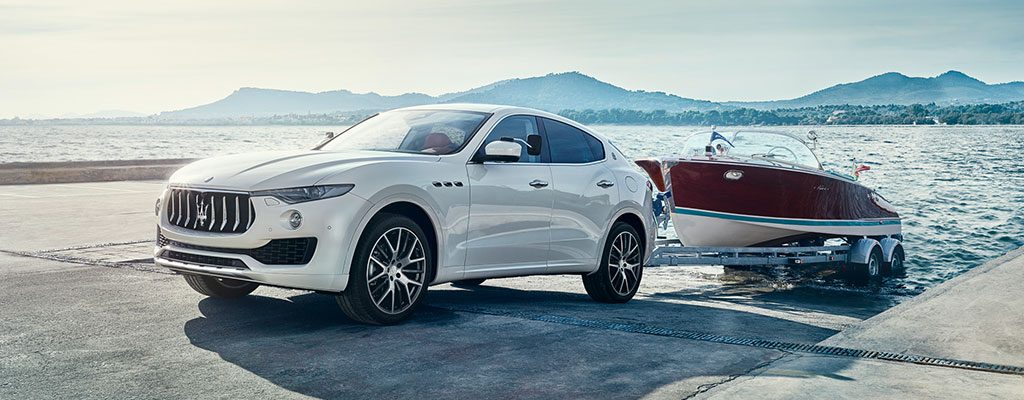
It appears that more luxury automakers are trying to make their way into the luxe crossover / SUV market. At the on-going Geneva Motor Show, Maserati has introduced its first ever SUV – in its hundred-year history – called the Levante.
As with many Maseratis from the past, the car’s name is inspired by the wind: the Levante is a warm Mediterranean wind that can change from a light breeze to an irresistible natural force in an instant, mirroring the character of the first Maserati SUV.
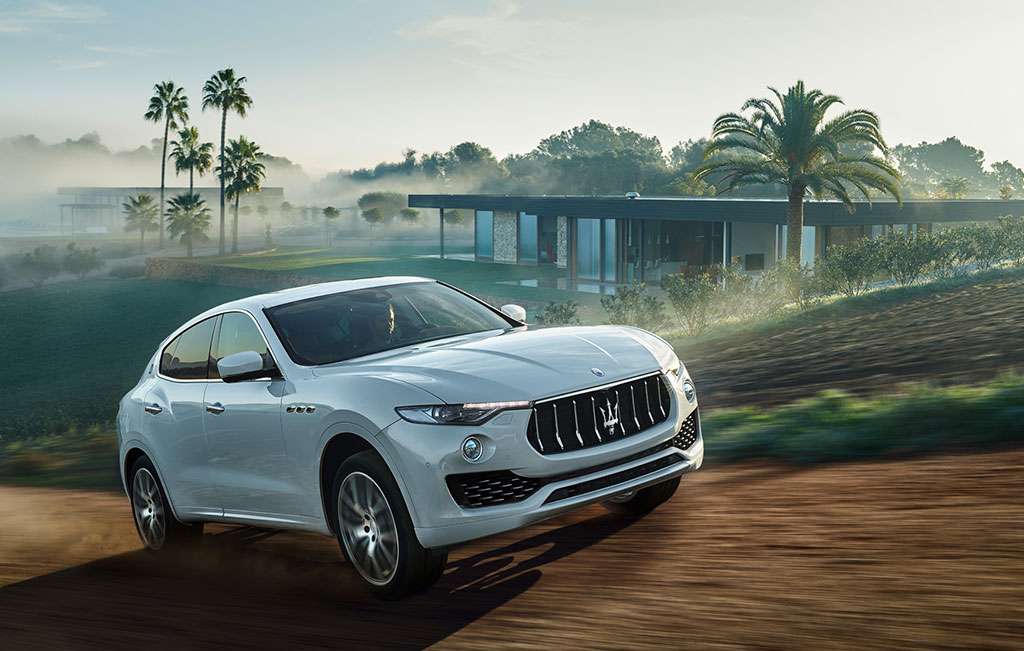
The new Maserati SUV is based on the Quattroporte and Ghibli architecture, and the technology applied to every Levante is designed to offer outstanding performances both on- and off-road. Sophisticated suspension – double-wishbone on the front axle and multi-link on the rear, combined with electronically controlled damping, four corner air-springs providing 5 dynamic ride levels (plus one additional park-position), play an essential role in the car’s handling.
Furthermore, with the lowest centre of gravity in its class, perfectly balanced weight distribution (50-50) between front and rear, high levels of dynamic torsional and flexional stiffness, and a mechanical self-locking rear differential as standard, when driven on-road, the Levante delivers all the performance typical of every Maserati.
Just like other SUVs, the height-adjustment of the body position particularly useful in off-road driving guarantees ride comfort at the top of the category; when set to the minimum ground clearance, it enables the car to perform at its sporty best.
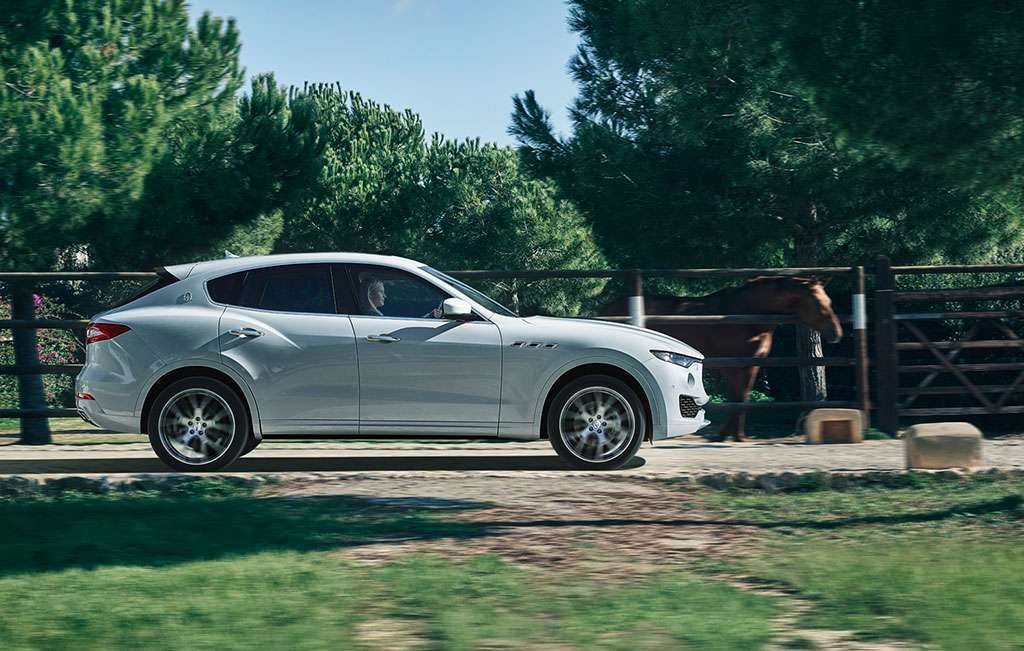
The Levante is fitted with a 3 litre V6 Twin-Turbo petrol engine with either 350hp or 430hp, and a 275hp 3 litre V6 Turbo Diesel. All engines are combined with the “Q4” intelligent all-wheel drive system – which can transfer torque between the axles instantaneously when required – and an 8-speed automatic gearbox, with integrated Start&Stop System.
In terms of performance, the Levante S (430hp) covers 0-100 km/h in 5.2 seconds, has a top speed of 264 km/h, and provides combined NEDC-cycle consumption and emission figures of 10.9 l/100 km and 253g CO2/km respectively.
Meanwhile, the Levante (350hp) accelerates from 0 to 100 km/h in 6.0 seconds and achieves a top speed of 251 km/h, with combined cycle consumption and emission figures of 10.7 l/100 km and 249g CO2/km respectively.
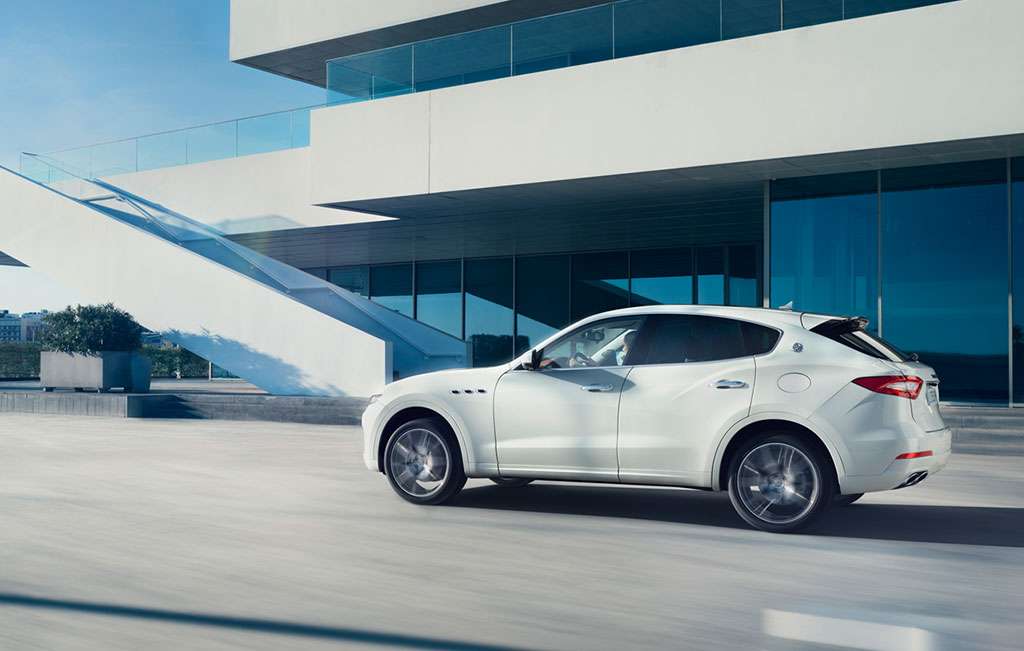
The Diesel-powered Levante (275hp) on the other hand, covers 0-100 km/h in 6.9 seconds, and has a top speed of 230 km/h, while its combined cycle consumption and emission figures are 7.2 l/100 km and 189g CO2/km respectively.
The Levante’s cabin has been created with high-quality materials from optional premium leather to Ermenegildo Zegna silk, made in Trivero by the Zegna wool mill with a patented process. On the dashboard, the coupé-like SUV features an 8.4-inch high-resolution screen which can be operated – in addition to the touch system – by using the new rotary control in the central tunnel.
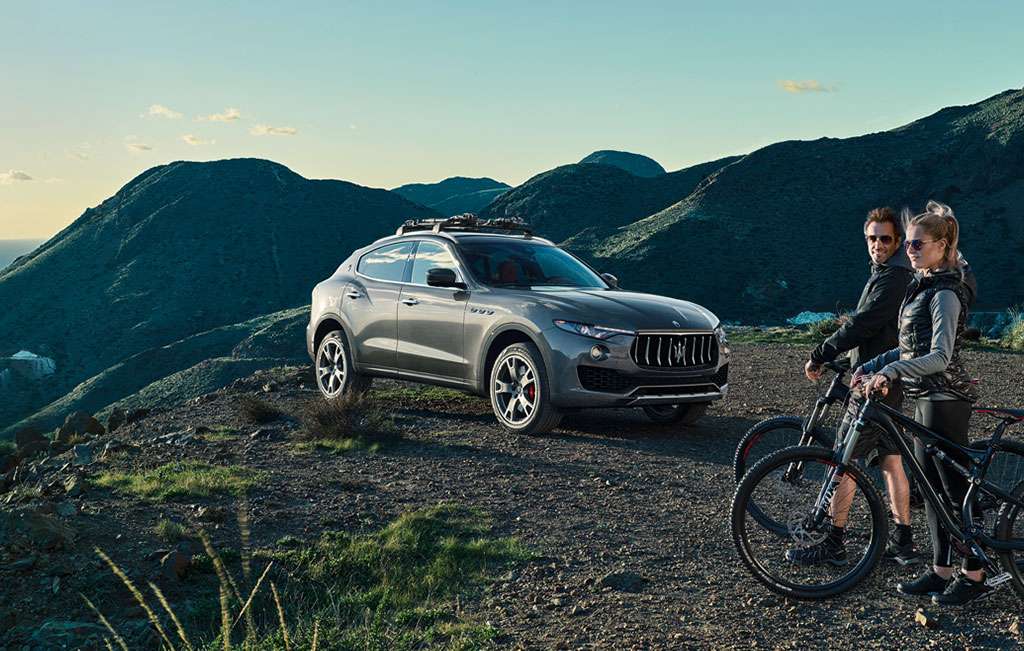
There’s a wide range of sophisticated advanced driver assistance systems available in the Levante, including adaptive cruise control with automatic Start & Stop function, forward collision warning, automatic brake assist system and lane departure warning. Further options include blind spot alert, surround view camera, a powerlift tailgate and a panoramic electric sunroof.
The Maserati Levante is built in a completely refurbished and modernized area of the Mirafiori plant in Turin. The first cars have already come off the assembly line and the market launch is planned for this spring in Europe, to be followed by the rest of the world.
https://www.youtube.com/watch?v=mcmM-2aFnYs
Other posts by AF Newsdesk



